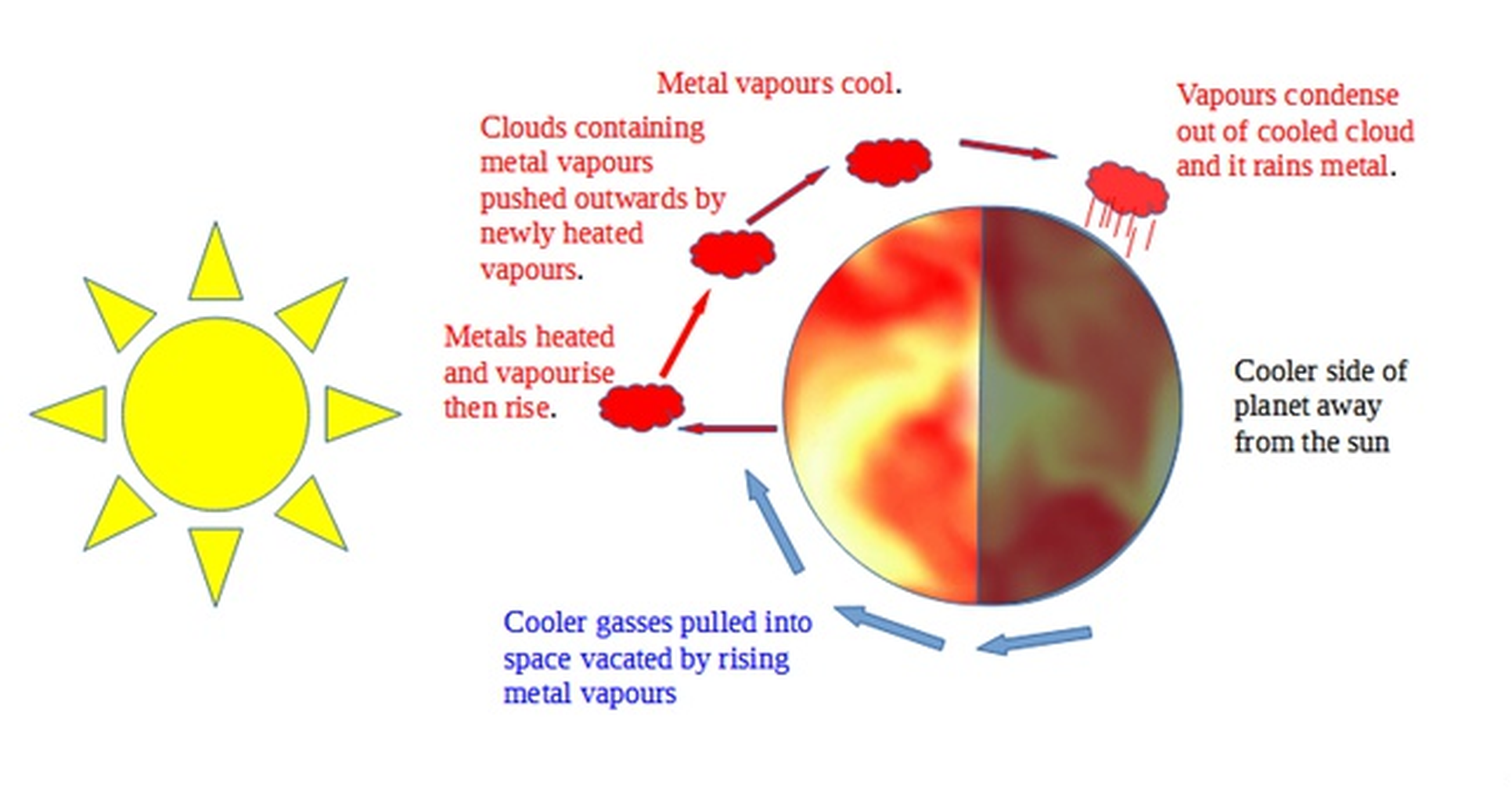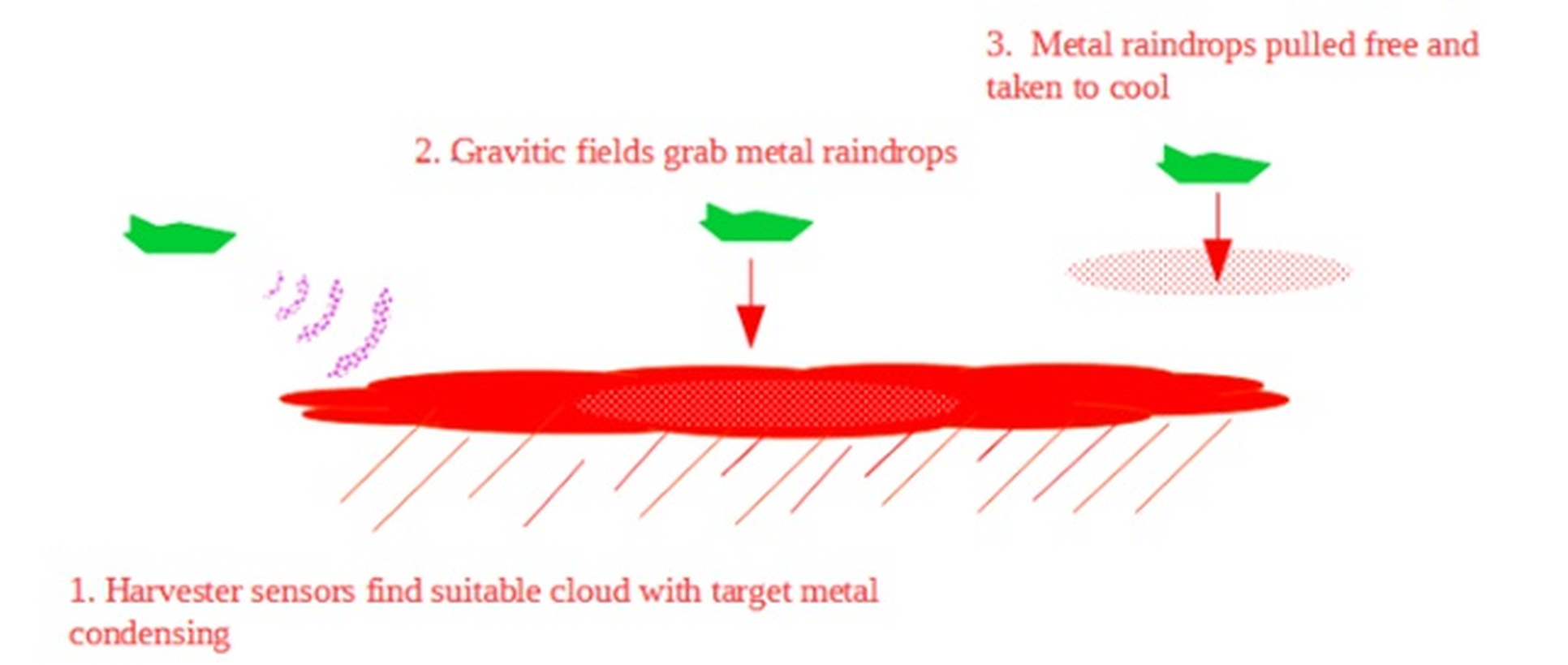Making Hell
This article originally appeared in Cepheus Journal #005, and is reprinted with permission in the November/December 2021 issue.
Sometimes the awkward dice rolls lead you to greater creativity. I was building a subsector using the Near Space data. Altair has a partial planetary profile of X9A0000. What I was doing was rolling dice to give the worlds new population, government, starport, law and tech levels.
I rolled my dice and got 9A08AA with a TL of 9 and a C class starport.
So, I have a world slightly bigger than Earth, with an exotic atmosphere and no water. Sounds like an unappealing place to live. Yet my dice roll said that 400 million people live there and there’s a Class C starport. That’s roughly the combined populations of the USA and the UK. The question is, why?
The easiest thing to do is to reroll the dice to get a low population that you can explain as a science team or a few prospectors.
The hard thing to do is to figure out a justification. Something must make it worth their while staying there, otherwise they’d all leave. Let’s figure out why they stay.
Altair is a rapidly spinning bluewhite star, about 10 times as bright as the sun. With no water and an unbreathable atmosphere, my planet isn’t going to be covered in happy farmers in log cabins. The place must have a resource that is cheaper here than in other locations. What about minerals and metals?
First, let’s look at how our weather works.
Altair has no water, so this isn’t going to work without a liquid. What if the star was so intense that metal and rock melted and vaporised? Iron, nickel, chromium, cobalt, copper and gold will turn into vapour by 2,900°C (3,173K). This will rise and cooler air will be drawn in, forcing the metal-bearing clouds outwards, exactly the same as water in our atmosphere. When they cool, it rains metal. How much it cools will determine what metals fall. Gold turns into vapour at 2,800°C (3,073K); once the temperature drops below that, gold ought to fall as rain, but as tin vaporises at 2,600°C (2,873K), it will still be in the cloud.
We may look on this process as a natural distillation (or purification, or refining) of metals. By using sensors to determine the composition of a cloud of metals, we save the expense of digging it up. This could be the economic benefit that makes it worth living there. However, we can’t just leave a container under a cloud of metal rain and wait for it to fill. The metal rain would cool once it reached the ground and fuse into one solid lump. It would also be very hot so our container may well melt. The trick is to avoid it ever reaching the ground.
I now have a reason for people to be there.
The surface of the bright side of my planet is between 2,500°C and 3,000°C (2,773K and 3,273K). The side away from the star is cooler but still hot enough to have semimolten metals. It rains iron (or cobalt, nickel etc.) when the temperature in a cloud drops enough for the metal to form droplets.
How do you harvest this?
You do not go down to the planet and collect it. You fly above it in a large shuttle harvester with a load of sensors and a huge gravitic field generator. You stay high up on the dark side and never go to the bright side. You use your sensors to track what is in clouds and measure the fall in temperature. Once you know it’s forming droplets of chromium in the cloud, (if that’s what you are after) you use your gravitic generators to lift the droplets and wait for them to cool further. You then draw them into a cargo bay and carry them to the orbital factory (also in the shadow of the planet, where they are further refined and prepared for export).
So, my world has a reason to have millions of people there and a C Class port. Not everyone will be involved in metal refining, lots will be involved in entertainment, government, food distribution and supply and the other activities that make a society function. These people would live and work on a series of space habitats in the shadow of the planet. Some space stations would be industrial complexes dealing with specific materials, others would be residential or commercial. You’d have metal brokers and agents at the orbital starport. It’s a terrible place; I decided to call it Enfer, the French word for Hell.
How can you incorporate these ideas into a game?
Players might be asked to investigate violations of assigned harvesting territory by the authorities. There could be jobs on the harvesters (wellpaid work but hazardous, like oil rigs) as either pilots, sensor operators or engineers. They may be asked to do sightseeing flights a client wants (but the authorities don’t permit) to see the metallic rain. Engineering expertise might be required to help figure out why the cobalt has so much iron in it. What happens when a harvester crashes on the dark side? You might have three hours to find the crew before the heat defeats the shielding.
The idea for metal rain comes from a real planet called Wasp76B which has iron rain as weather.
 Freelance
Traveller
Freelance
Traveller


